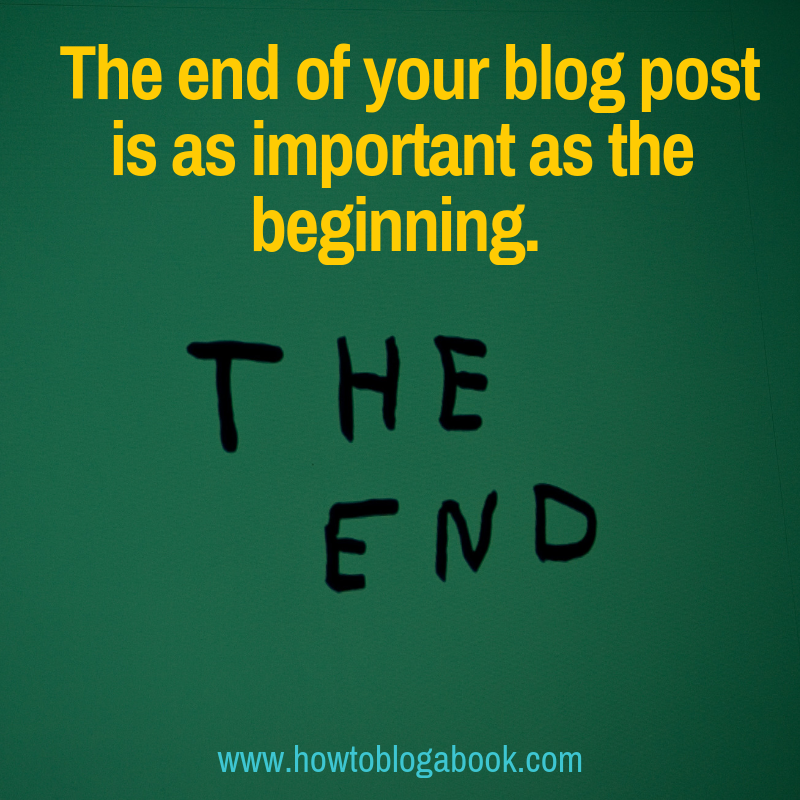Whatever happened to “saving the best for last”?
If you want to write an effective blog post, an engaging chapter, or even a substantial book, the ending matters. There’s nothing like a strong ending to completely change the way you perceive the material you just read.
Unfortunately, the act of writing is hard enough that many people rightly focus on hooking readers and putting their best material upfront. And while that has its uses, it does de-emphasize the engagement and vitality of a great ending.
Here are a few ideas for crafting an ending that will leave a lasting impact on your audience.
1. Twist Endings
Think of a famous ending—”The Sixth Sense.” What was great about this ending wasn’t only the surprise but the way it changed the entire context of what came before it. (Spoiler alert: Bruce Willis was a ghost.) How can you end your piece in a way that shows the reader what you meant all along or reveals a new perspective about what you’ve written?
2. Closing a Loop
A strong introduction should introduce a problem. You might do this by giving the reader the first half of the story before venturing off into non-fiction territory by explaining what to do in a similar situation. In that case, you’ve left an open loop; the reader wants the ending to the story at the beginning of your post. By giving it to them…at the end…you provide an effective ending that “closes a loop” or “closes a thread.”
3. Call to action or Action Steps
The call to action is effective when you’ve written about something that can improve peoples’ lives. A strong ending will summarize the essential steps you discussed and even provide some recommended next steps. This is a persuasive way to end an advice piece since it helps people retain more of what they’ve read.
4. The Callback
Similar to closing a loop, a callback can be a reference to anything throughout the entirety of the piece. Consider Aaron Bleyaert’s “How to Lose Weight in 4 Easy Steps,” in which he sets the stage for an ordinary “weight-loss” article with steps one and two…until step three takes the reader on an emotional journey. Bleyaert could have ended it with the strength of that journey but, instead, returned to a final callback with “4: No Fruit Juice.” It was a hilarious way to wrap things up.
5. The High Note.
Always keep one thing in mind when writing an effective ending: make it come sooner rather than later. Leave people wanting more. Like George Costanza, leave on a high note. To do so means postponing some of your best material for the post’s end for the express purpose of building a crescendo throughout your piece. When you leave people wanting more, you increase intrigue and mystery. They’re stuck. They want to read more of what you’ve written. They click to your post archive or enter your name into Google.
A well-written ending can encapsulate, intrigue, or even blindside your audience. But keep in mind that it’s rare to find an effective ending without attention paid to the structure and quality of your writing throughout a piece.
Plan your work in advance, brainstorm a few endings based on what you’ve read, and you’ll have an ending that people remember. Especially when you save the best for last.
Do you have an ending strategy that you have found to work well? Tell me in a comment below.
About the Author
 Dan Kenitz is a freelance writer and ghostwriter from Wisconsin who helps individuals and companies build their brands through valuable content. www.empirewriter.com
Dan Kenitz is a freelance writer and ghostwriter from Wisconsin who helps individuals and companies build their brands through valuable content. www.empirewriter.com


Leave a Reply